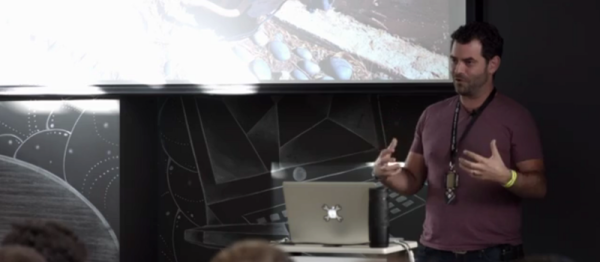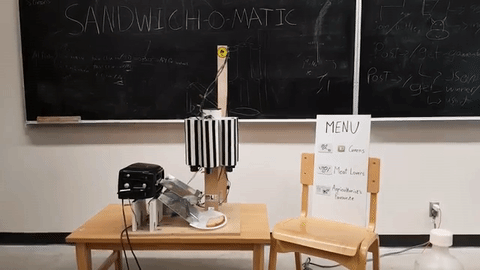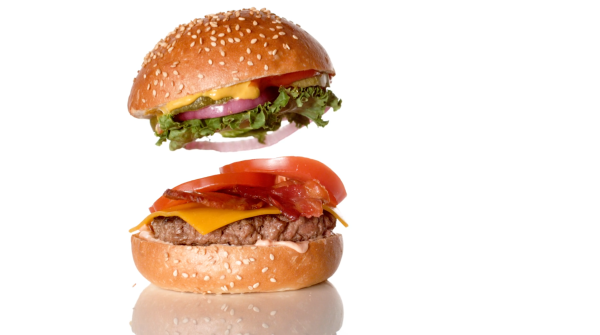When a device that calls itself a personal food computer lands in your timeline, what image springs to mind? A cloud-connected diet aid perhaps, advertised on TV infomercials by improbably fit-looking Californian ladies crediting all their health to a palm-sized unit that can be yours for only 199 dollars. Fortunately that proved not to be the case, and on further reading our timeline story was revealed to be about a computerized farming device.
The OpenAg Food Computer from the MIT Media Lab Open Agriculture Initiative bills itself as:
“a controlled-environment agriculture technology platform that uses robotic systems to control and monitor climate, energy, and plant growth inside of a specialized growing chamber”
It takes the form of a tabletop enclosure in which so-called climate recipes to replicate different conditions for plant growth can be tested. It’s probably fair to say that in this most basic form it is more of an educational device than one for full-scale food production, though they are applying the same technologies at a much greater scale. Their so-called “Food servers” are banks of OpenAg environments in freight containers, which definitely could be used to provide viable quantities of produce.
The good news is that the project is open source, and their latest story is that they have released version 2.0(alpha) of the device. If you are interested, you can read the documentation, and find all the resources you need to build one on their GitHub repository. They page linked above has a video that’s very much of the slick PR variety rather than the nuts-and-bolts, so we’ve sought out their build video for you below the break instead. Continue reading “OpenAg Is A Personal Food Computer”

















